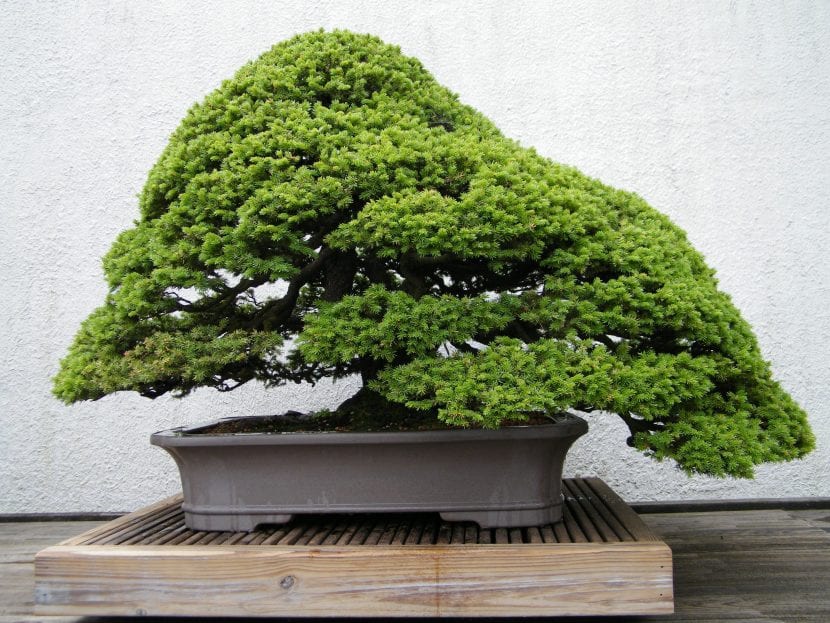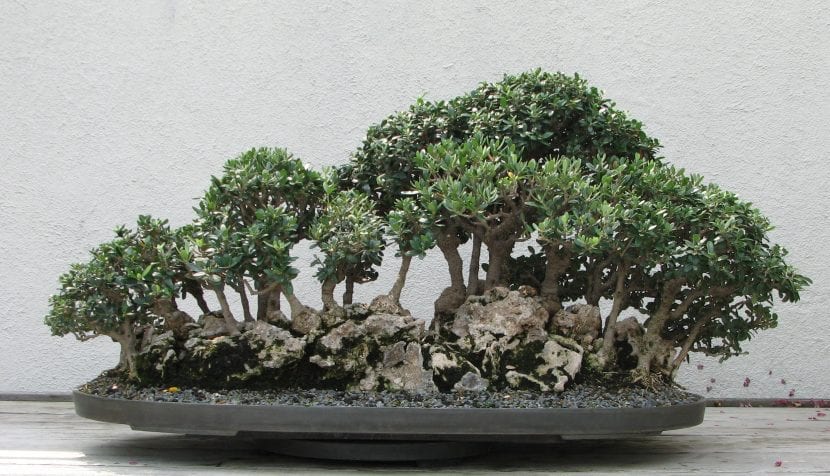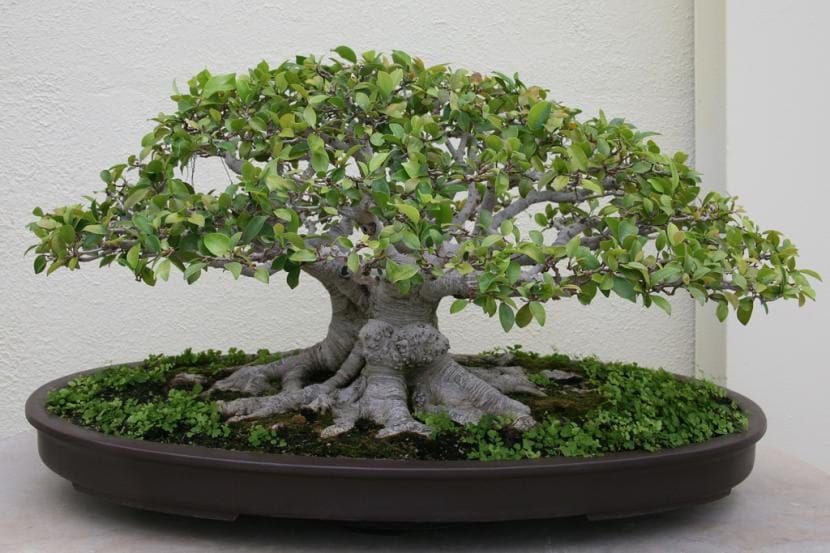
The climate is a factor that must be taken into account when choosing a bonsai. Not all species can live in all regions of the planet, so if we do not want to spend money unnecessarily on excessive care, it is highly recommended that we know well what maximum and minimum temperatures are registered in our area, as well as the percentage of environmental humidity. there is so that we can enjoy this art much more.
And, a frost can quickly kill a Serissa, but nevertheless, that is precisely what an elm tree needs, for example, to be able to sprout strongly in spring. Then, How to choose the best bonsai species according to the climate?
Mountain weather

If you find yourself living in the mountains, you will surely be very used to short and mild summers, of no more than 20ºC and to cold winters with significant snowfalls. Bonsai from: carp, cornel, ash tree, black pines, redwoods, and Oak trees.
Continental weather

This type of climate is characterized by cold winters, with snowfalls, and hot, dry summers. The rains are moderate and variable, which only makes the choice of bonsai difficult. Still, surely you will not have any problem with the oaks, arces, elm trees nor with the Linden.
Mediterranean climate

It is a climate characterized by very hot summers, 30ºC or more, and mild winters with occasional and weak frosts of up to -7ºC. Environmental humidity is usually high throughout the year, depending on the area, but rainfall is scarce, concentrating in autumn-winter. With these conditions, we recommend purchasing olives, pomegranate, carob trees, strawberry trees, cypress trees: hardy.
Tropical or subtropical climate

If you are in an area where the temperature remains more or less stable throughout the year, and it is high (around 20ºC), you can have bonsai from flamboyant, tabebuia, Rubber plant o Enterolobium.
Have you had any doubts? Leave them in the comments and we will respond as soon as possible.
Hello. I am looking for the best species for my first bonsai, but I have doubts about the weather. I live in A Coruña, which has an oceanic climate, so none of the classifications mentioned in the article would fit.
What kind of species would be better in my case? Thanks in advance and greetings
Hi miguel.
You could have maples, hornbeams, elms, linden trees, or even beech trees. If you do not have much experience or you want one that should not be paid too much attention, without a doubt the best are the elms, and specifically the chinese elm (Zelkova parvifolia).
Regards!
Hello, I need to make a bonsai for a school assignment, I live in a place with a tropical climate and I was wondering if the date (February) is the right one to do it.
Hi Guadalupe.
You can start making a bonsai, but it is important that you keep in mind that a bonsai takes years to make.
En this article we talk about it. If you have any doubts, please contact us.